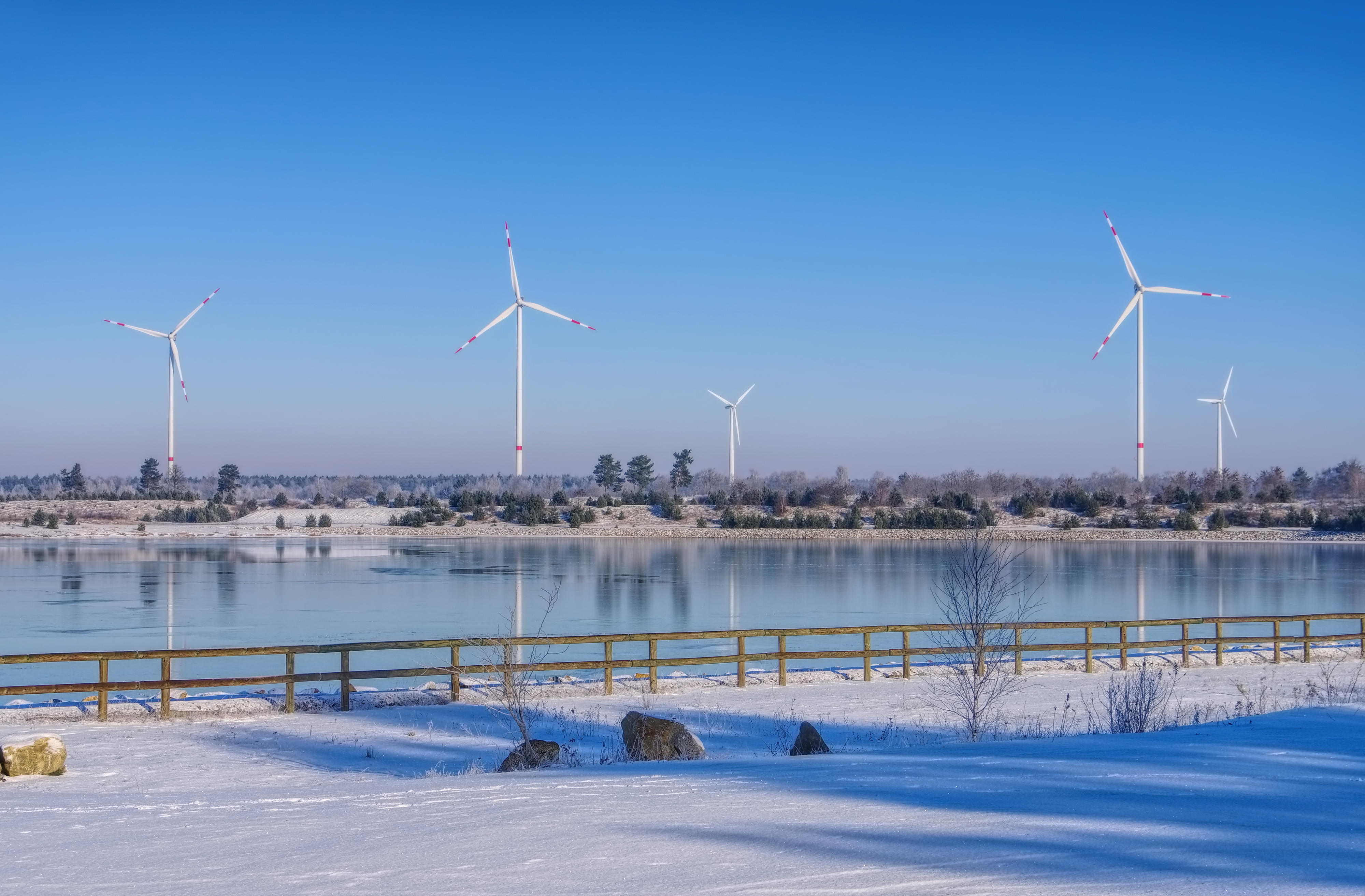Hint: This website is not optimized for your browser version.
Electricity generation in June and July 2019
13 August 2019 – Total electricity generation in Germany in June and July was 10.3% lower compared with a year earlier. Renewable electricity generation was up by 12.5%. Conventional generation fell by 23.7% year-on-year.
Germany's electricity generation from renewable and conventional energy sources in June and July amounted to 76.3 TWh, corresponding to a year-on-year decrease of 10.3%. This decline was due partly to weaker electricity consumption (lower demand) and partly to changes in the cross-border trade in electricity, ie higher imports in June. The lowest hourly output was 31.6 GWh and occurred on Sunday, 2 June. This was 8.4% lower than the lowest output a year earlier. The highest hourly output of 76.6 GWh was produced on Friday, 26 July.
Total renewable energy generation in the two months was up 12.5% compared with a year earlier, from 35.3 TWh to 31.4 TWh. Generation from renewable energy sources accounted for 46.2% of total electricity generation in June and July. A total of 12.2 TWh of electricity was fed into the grid from photovoltaic installations in the two summer months, actually exceeding the highest generation of the summer 2018 by about 6%. Photovoltaic installations have been producing more electricity than last year since the beginning of the year. A total of 28.3 TWh has been produced from solar, a rise of 2.9% over the 27.5 TWh produced from January to July 2018.
There was also an increase in electricity from wind turbines. Onshore wind power was up 20.5% in the two months compared with a year earlier, from 8.3 TWh to 10 TWh. Output from January to July 2019 amounted to about 58.7 TWh, up 18.5% year-on-year.
The rise in offshore wind power was even higher, with 3.1 TWh being fed in to the grid in June and July, more than half as high again as in the same period of the preceding year (1.9 TWh). A total of 13.3 TWh was produced in the January to July period, corresponding to a rise of about 35.8%. It should be noted that the Arkona wind farm off the coast of Rügen, the most powerful wind farm in the Baltic sea so far, went online in April 2019.
The graph illustrates electricity generation and consumption in June and July. It shows total electricity generation and consumption on each day in the period. The day with the highest amount of electricity generated was 26 July, which was also the day with the top hourly output (not illustrated).
Highest and lowest outputs of renewable electricity generation
Renewable energy sources produced their highest hourly output of 55.6 GWh between 11am and noon on Saturday, 8 June – more than double the average hourly output in the months of June and July (24.1 GWh).
Renewables also produced their highest daily output on 8 June, which was the Saturday before the Pentecost long weekend: a total of 966 GWh was fed into the network, including 613.5 GWh from wind turbines (onshore and offshore) and 188.9 GWh from photovoltaic installations. This was the result of an area of low pressure over the Channel giving rise to a brisk southwesterly wind.
Renewable energy sources produced their lowest output of 7.9 GWh (including 3.9 GWh from wind turbines) between 9pm and 10pm on Wednesday, 17 July.
The graph shows the day when renewables produced their highest output (Saturday, 8 June). The red line shows consumption.
Highest and lowest outputs of conventional electricity generation
Conventional power plants have, as far as technically feasible and economically reasonable, adapted flexibly to the generation from renewables. Conventional generation recorded its lowest hourly output of 12.6 GWh between 1pm and 2pm on Saturday, 8 June. Conventional plants produced their highest hourly output of 45 GWh between 7pm and 8pm on Friday, 26 July.
